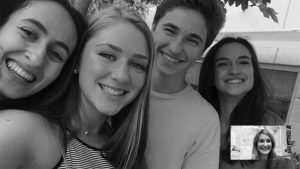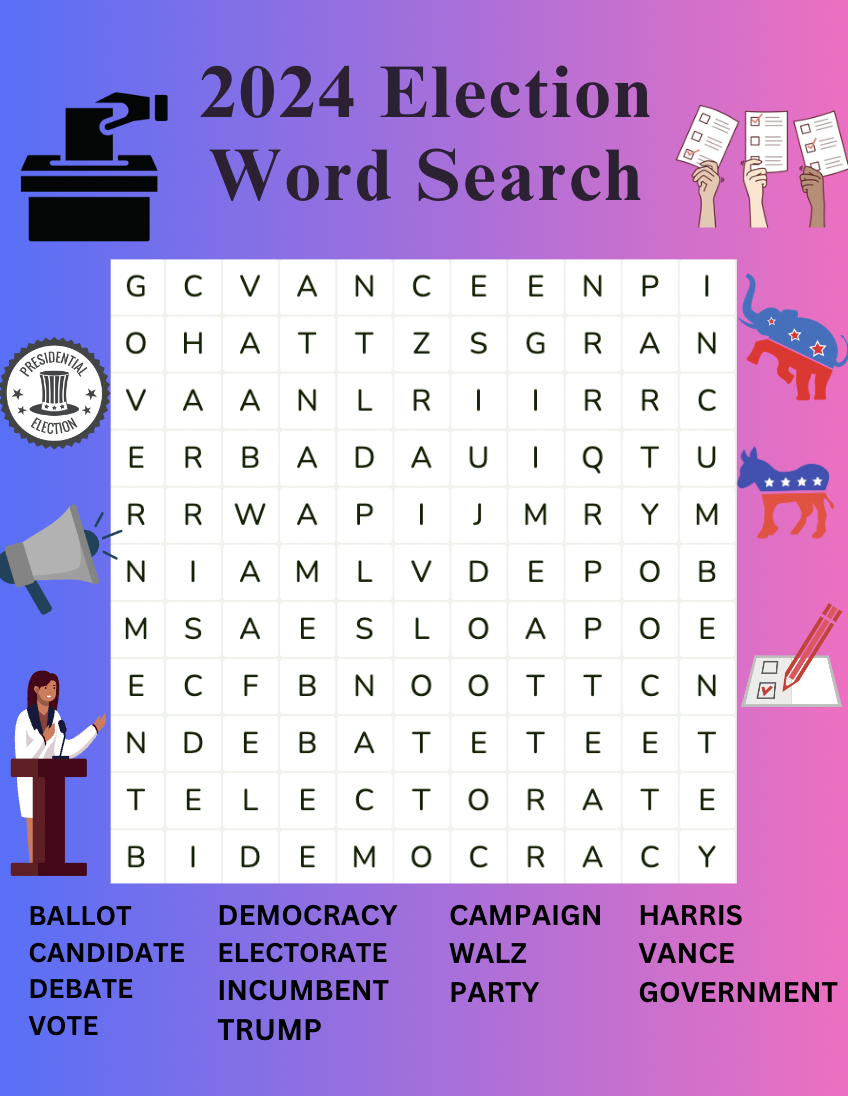When I was in middle school, I looked forward to reading every shocking fact that the Bark uncovered. A juicy treat at the end of the month, this newspaper told of secrets I imagined existed only at the most troubled of high schools. Marin County underage binge drinking rates are number one in the nation! Famed criminal Max Wade got his start selling fake IDs in Redwood’s halls! One in five juniors in the district has seriously considered attempting suicide in the last year!
How odd, then, that when I told people I would attend Redwood, they responded with the utmost respect for this binge-drinking, spirit-crushing, monster-making nightmare of a high school. What a fantastic four years you have ahead of you! or It’s practically a private school, right?
As it turns out, neither stereotype was accurate. Redwood has not sent my soul to hell, but neither has it been the enriching experience it was cracked up to be. With high state rankings and several distinguished school awards to boot, it’s no wonder Redwood prides itself on being one of the best public schools in the state.
Yet these accolades obscure the reality of being a student in a place where teachers and administrators make most of the decisions and the dominant culture values academic achievement over personal fulfillment. It is in exposing this gap between the esteemed image of Redwood and the more complex experiences of the student body that I believe the Bark plays an important role.
Here are a few stories from the last two years that promoted transparency and started critical conversations in the community:
- Budget committee to assess programs, funding uncertain When we wrote that wellness programs could face budget cuts, we did not know we were the first to break the news to wellness staff – whose jobs were at risk – and students who had pushed for the program. The community uproar that ensued revealed a disconnect between the goals of a cash-strapped administration and a community desiring more mental health support. The program ended up getting funded at four-fifths for another year.
- District ends sheltered classes for ELD students As the district grapples with improving the learning experiences of minority students, the cancellation of the sheltered class program stands out as an administrative decision that was made despite the objection of those it most affected. Some of Redwood’s most marginalized students requested that the program continue, and their voices had not been heard publicly until the Bark’s coverage. A few months ago, in a follow-up article in Spanish, administrators stated that still more needs to be done to support English Language Learners.
- Geometry A, Algebra P3-P4 discontinued In an effort to “increase student success,” the administration streamlined course offerings so that all students would take grade-level math. But some students and teachers saw benefits in the remedial classes and opposed the decision. One year after the Bark first shed light on the controversy, the administration announced Geometry A would return to the course catalog.
Louis Brandeis, a supreme court justice from the early 20th century, once wrote, “Sunlight is said to be the best of disinfectants; electric light the most efficient policeman.” As I reflect on my time at Redwood, I appreciate how the Bark serves not only to expose the darker aspects of our school but also to initiate the first steps toward creating lasting positive change in our community.








